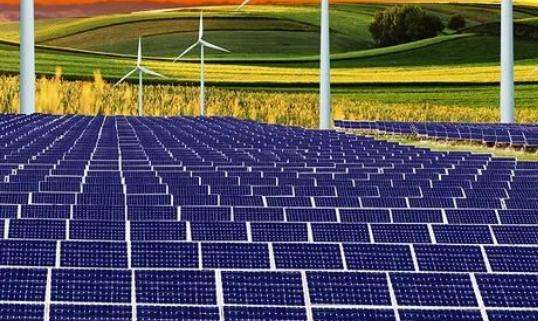1. Conversion efficiency of solar water heater;
: tilt angle of the water heater, that is, the angle between the heating surface of the water heater and the heating surface of the solar water heater.
: The intensity of solar radiation, that is to say the energy of solar radiation obtained in unit of time on a unit surface area.
: The angle of intersection of the sun's rays with the ground plane, i.e. is the local elevation angle of the sun. Local geographic latitude
: Latitude of the direct point of the sun. Thermal efficiency of solar water heater.
Secondly, first test the output voltage and current of the tested solar panel under standard light intensity:
1. Standard light intensity refers to: AM1.5, 1000W/square meter, module temperature: 25 degrees, it is better to use special Solar Photovoltaic Tester for testing.
2 . Parameters to test: Pw, Vop, Iop,Voc, Isc.
3. of the solar panel then divide it by 1000 to get the efficiency.
Hypothesis: The solar cell The power of the board is 5W, the area is: 0.03 square meters,
< p> Then its efficiency is: 5/0.03/1000=0.167=16.7%,In other words, it will be in square meters that 16.7% of the solar energy of 1000 W is converted into electrical energy.
The conversion efficiency of solar panels is a topic of great concern. According to existing technology, the photoelectric conversion efficiency is approximately between 13% and 18%, which is a key performance indicator that determines the efficiency of the panel in converting received solar energy into electrical energy. The panel's power output peaks when the battery cell voltage reaches 0.4 to 0.6 volts, reflecting its power conversion optimization point.
Under standard sunlight conditions, which rreceive 1,000 watts of radiation per square meter, a 1 square meter solar panel can produce approximately 130 to 180 watts of electrical energy. This means that although the surface area may seem small, its conversion efficiency is sufficient to produce a considerable amount of electricity. For example, the average sunshine duration in Shanghai is around 1,100 to 1,300 hours per year. If the panels can operate normally during these periods, then 1 square meter of panels can produce at least 143 kWh of electricity per year, which proves to a certain extent. measurement Practical value of solar panels.
Therefore, the conversion efficiency of solar panels directly affects their energy output in practical applications, which is an important consideration for regions and users seeking energy solutions renewable. With the advancement of technology, we expect to pmajor improvements in the conversion efficiency of solar panels to better meet the growing demand for green energy.














